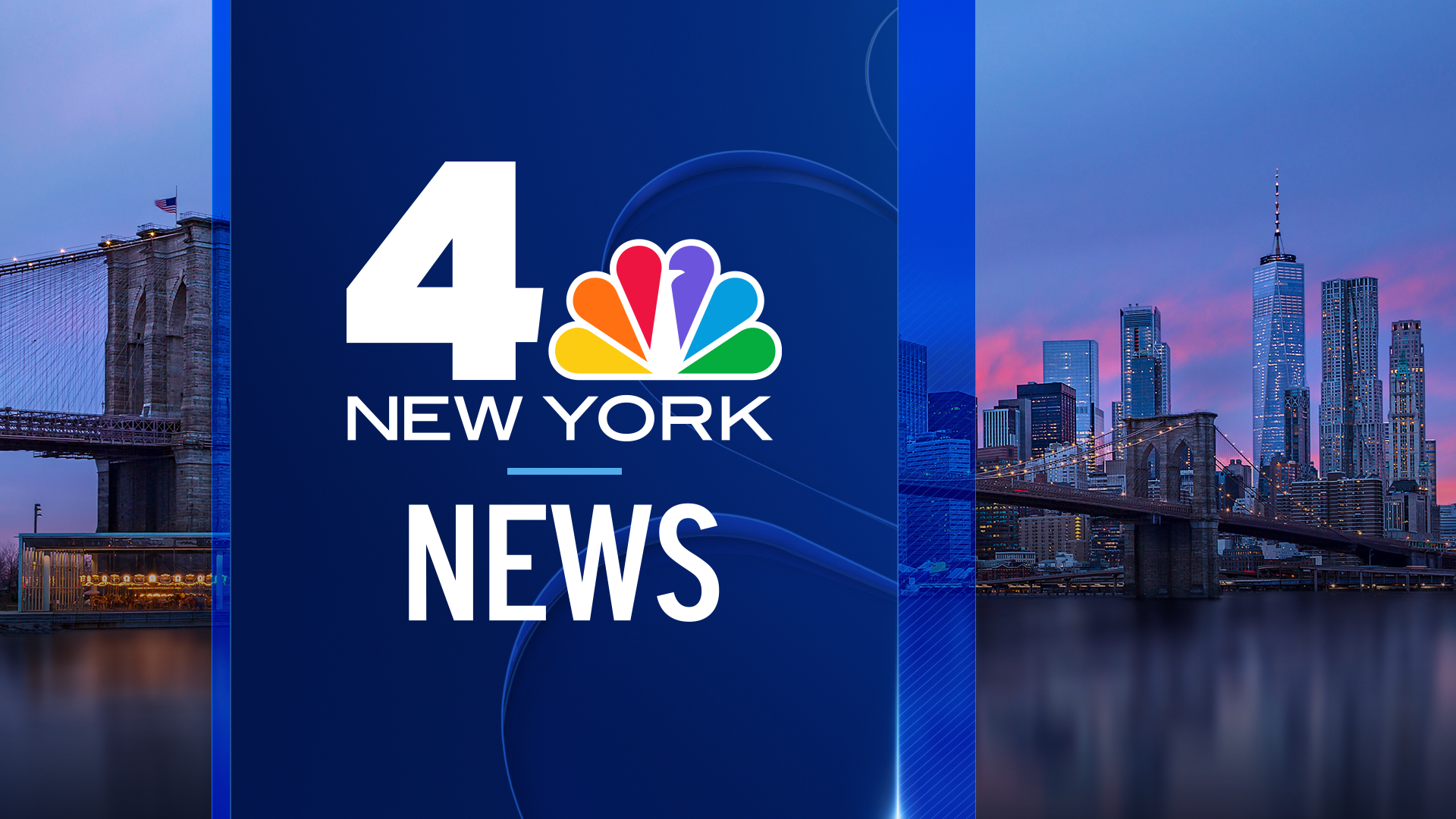MTA demands Amtrak pay for the summer mitigation plan, while working to make the service more reliable. Andrew Siff reports.
It was another rough morning for commuters across the rails and the subway Thursday.
Subway riders across multiple lines faced a slew of changes and delays: in Queens, some sort of water condition at 63rd Drive in Rego Park mucked up the E, F, M and R lines just before the morning rush hour. Switch problems at Lexington Avenue-59th Street shifted the R line, and switch problems at Jamaica Yard exasperated delays on the M.
Mechanical problems at 181st Street forced some southbound 1 trains to terminate early and some 3 trains to run local. Meanwhile, mechanical problems at 71st Avenue caused M and R trains to again run with delays.
And more signal problems at 42nd Street-Times Square further mucked up the southbound 2 and 3 lines, causing delays or a switchover to local service.

That was all Thursday morning.
In New Jersey, the Hackensack River Drawbridge failed, slowing down service on the Newark-to-World Trade Center PATH. And New Jersey Transit suspended the Newark Light Rail briefly due to signal problems systemwide. The Princeton Shuttle was also suspended due to mechanical problems.

Long Island Rail Road commuters faced their own share of travel woes, when equipment trouble, signal trouble and switch trouble caused delays of over 10 minutes on Long Beach, Hempstead and Ronkonkoma lines.
The transit woes come a day after the heads of the MTA ordered a "top to bottom" review of the recent subway problems that have left commuters exhausted and frustrated.
"We understand that everybody is frustrated with this," said MTA Acting Executive Director Ronnie Hakim, who added that the MTA is working to accelerate the replacement of aging signals that keep failing on the subway.

Tuesday brought the worst of subway delays this week: trains were so severely backed up during the morning rush hour that day that two men aboard a stalled northbound F train outside 34th Street climbed between subway cars and leaped down onto the tracks, apparently planning to walk the course to the next station, according to witnesses aboard the train.
Signal problems have become an all too common blight for many subway commuters. And with trains expected to get even more packed as Amtrak work at Penn Station diverts customers to other routes, riders are demanding help.
Much of the subway signal system is more than 80 years old, and 30 percent was installed before 1965. The subway system took a big hit in 2012, when Superstorm Sandy washed out tracks and flooded tunnels. Equipment, from the trains themselves to the ancient signaling system, hasn't been replaced because of the enormous cost and pressure to keep fares from rising. A single ride now costs $2.75.
Local
The MTA promised in May to roll out a $20 million plan to help ease extensive delays around the subway by deploying a rapid response team to fix signals and switches when they break.



